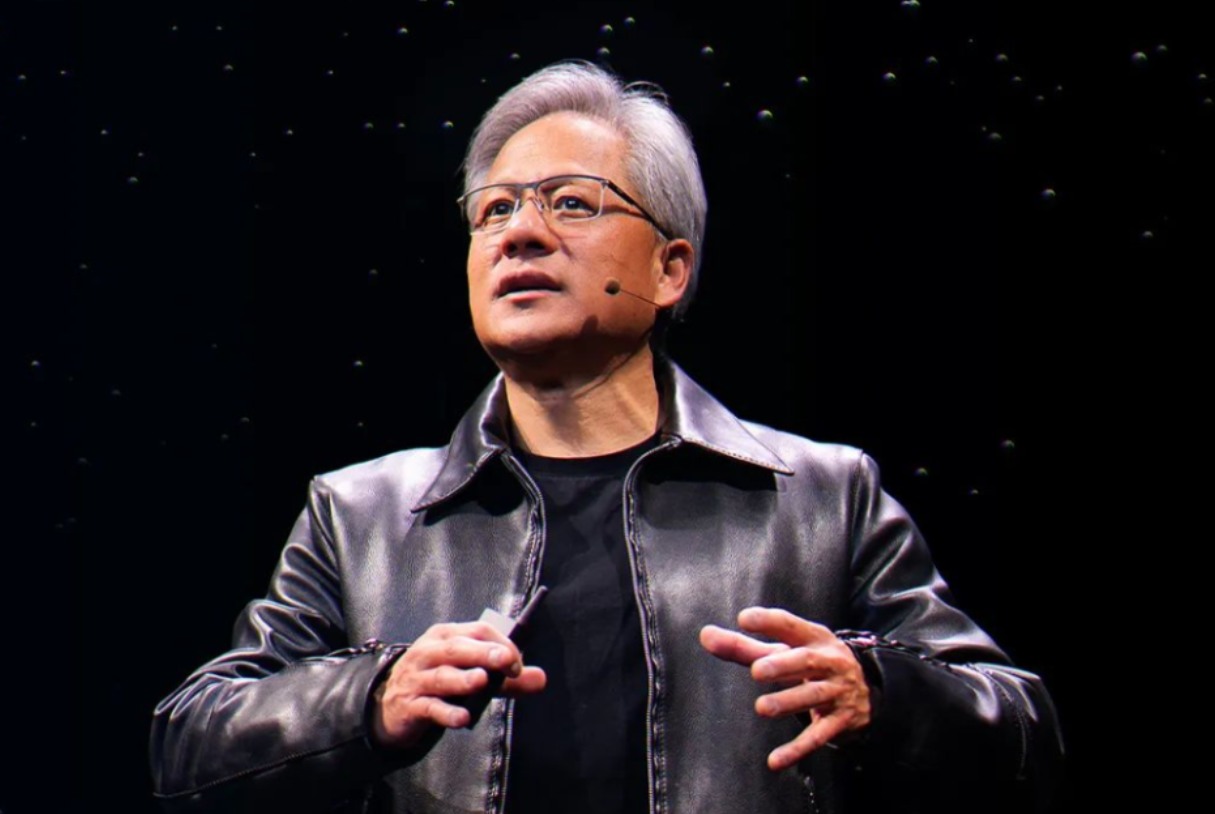On July 31, 2025, the National Internet Information Office of China met with NVIDIA to address security risks associated with backdoors in the H20 computing chip sold in China. This comes after reports indicated serious security vulnerabilities in NVIDIA’s computing chips. U.S. lawmakers have previously called for advanced chips exported from the U.S. to have 'tracking' capabilities. Experts in artificial intelligence disclosed that NVIDIA's tracking and 'remote shutdown' technology is well-developed. Notably, this meeting comes less than a month after NVIDIA’s founder and CEO Jensen Huang concluded his five-day visit to China, where he held various meetings, including one with Xiaomi founder Lei Jun that garnered attention on social media. During his visit, Huang announced that NVIDIA had received confirmation from the U.S. government to resume sales of the H20 chip in the Chinese market, a move that sparked widespread industry discussion. The H20 chip is a product of geopolitical circumstances, developed specifically for the Chinese market based on the Hopper architecture in response to U.S. export control policies. While the H20 chip significantly lags behind the flagship H100 in performance, it is valued for offering the highest available AI computing performance compliant with U.S. regulations, priced between $10,000 and $12,000, providing some competitive advantage in the Chinese market. Market data shows that in 2024, ByteDance and Tencent each procured approximately 230,000 NVIDIA chips. However, in April 2025, the U.S. unexpectedly re-listed the H20 chip under export controls, resulting in significant losses for NVIDIA, which had to write off about $5.5 billion in inventory and faced potential sales losses of up to $15 billion. This ban also severely disrupted the AI development plans of Chinese tech companies, prompting local chip manufacturers to rapidly launch alternatives to the H20 chip, including Kunlun Chip Technology’s third-generation P800, Moore Thread Technology’s MTT S80, Huawei’s Ascend 910C, and Cambricon Technology’s Siyuan 590. In a bid to capture the substantial market space left by NVIDIA’s retreat, various manufacturers are aggressively competing in the Chinese market through price reductions, optimizing ecosystem compatibility, and securing key clients. Companies like Muxi Integrated Circuit and Moore Thread Technology are also preparing for IPOs to seize this market opportunity. During the Computex 2025 event, Huang admitted that NVIDIA’s market share in the Chinese AI computing chip sector has significantly dropped from 95% at the onset of export controls in 2022 to around 50% now. Dramatically, just weeks after the H20 chip was announced to be back on the market in China, NVIDIA is facing new regulatory challenges due to safety risks. Following this news, domestic chip companies saw their stock prices rise, with SMIC’s Hong Kong stock surging by 5.279% on that day; Cambricon’s stock also saw a short-term increase of over 5%, with a single-day transaction volume exceeding 4.7 billion yuan, reflecting positive market sentiment.
NVIDIA Faces Regulatory Scrutiny Over Security Risks in H20 Chip Sales to China

Share this post on: